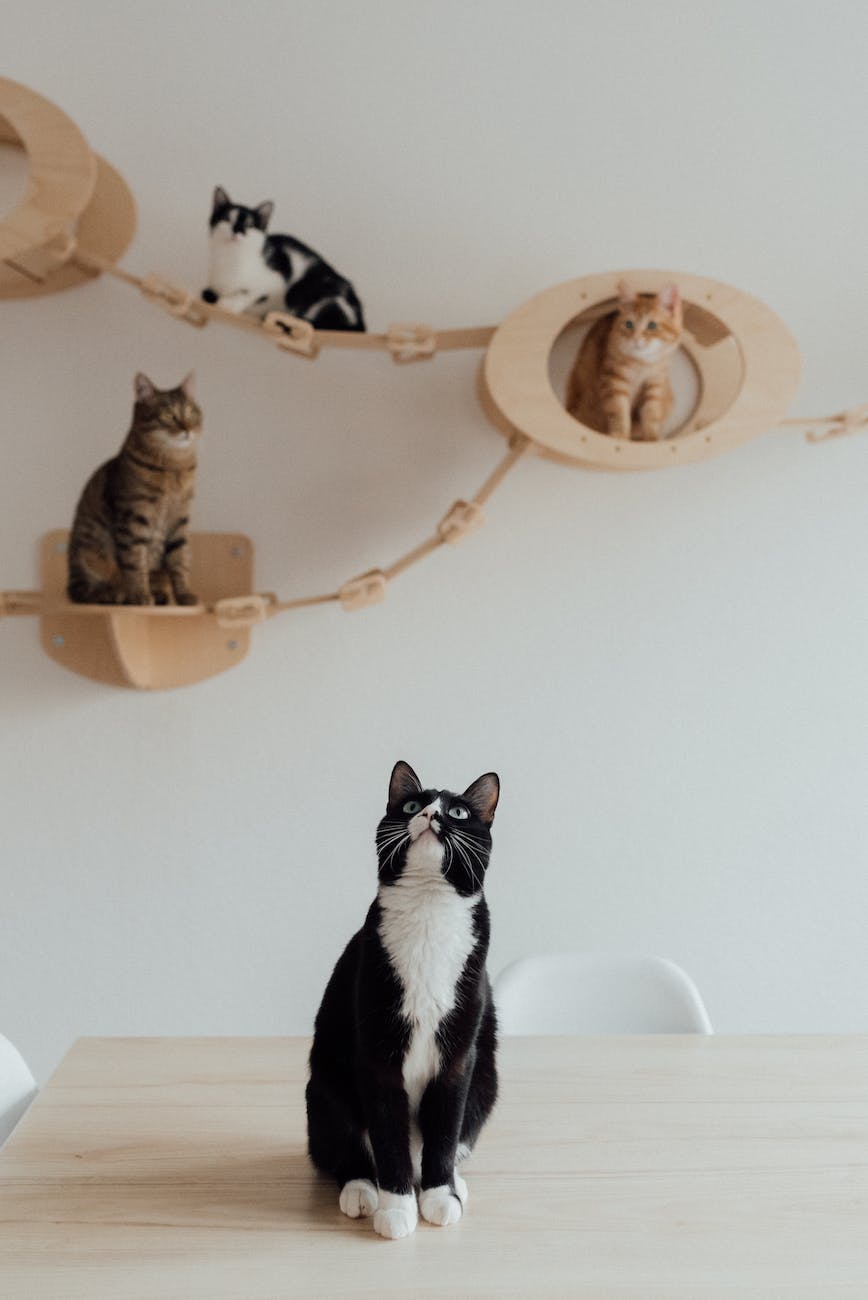Barking Up the Right Tree: Choosing Pet-Safe Woods for Handcrafted Accessories
Wood makes a classic material for handcrafting durable pet accessories like leashes, bowls, and toys. Its natural beauty and texture add rustic charm. However, not all woods are pet-safe. Some contain harmful chemicals, oils, and splinters.
This article will explore how to select non-toxic woods perfect for DIY pet projects. Let’s talk safety first in choosing the right wood species to craft custom accessories your furry friends will love.
Dangers of Toxic Woods
Some wood varieties contain compounds toxic to pets. Using these woods in accessories can cause illness if chewed or ingested.
Irritants and Allergens
Wood dust, oils, and sap can cause skin and respiratory irritation in pets, especially those with sensitivities. Red cedar, eucalyptus, and rosewood are common irritants.
Heavy Metals
Woods like redwood and oak absorb and concentrate heavy metals from soil, posing toxicity risks if ingested. Pressure treated lumber also contains high arsenic levels.
Bacteria Risk
Porous woods can trap moisture and breed bacteria if not fully dried. This creates risks of mold, fungus, and infection.
Always thoroughly research wood toxicity before using it to craft pet projects. When in doubt, stick to known pet-safe varieties.
Choosing Pet-Safe Wood Species
These non-toxic woods are well suited for dog and cat accessories:
Maple
Hard maple is smooth, dense, and easy to work. No oils or irritants. Stains well.
Birch
Available in sheets, birch is bendable yet strong. No noted pet toxins. Affordable option.
Poplar
Poplar is soft but sturdy. Takes stain and paint nicely. Neutral wood suitable for most pets.
Pine
Low resin makes pine a non-irritating choice. Soft wood often used in pet beds and furniture.
Apple
Applewood cuts smoothly and ages beautifully. Fruit wood scent appeals to pets without toxicity.
When possible, test a small wood sample on your pet’s skin first to check for allergic reactions before making larger projects.
Tips for Using Wood with Pets
Follow these guidelines to use wood safely in accessories:
- Fully dry wood to reduce mold risks
- Seal with non-toxic stains and finishes to reduce chewing interest
- Sand surfaces thoroughly to prevent splinters
- Avoid toxic paints and varnishes
- Allow finishes to fully cure before use
- Supervise pets using wood accessories
- Discard any damaged or heavily chewed wood pieces
Take steps to minimize hazards so wood’s natural warmth can shine through.
Pet-Safe Wood Projects
Try using these non-toxic woods to handcraft great accessories:
Maple Bowls
Durable maple bowls accent mealtime without worries. Engrave names or icons for customization.
Birch Chew Toys
Strong birch sticks make sturdy chew toys. Add chicken or beef flavorings if pets lose interest.
Pine Cat Trees
Pine scratching posts and cat tree play sets last long while being safe.
Poplar Pet Beds
Soft poplar sands smoothly for cozy pet beds. Fun to paint and stencil names.
Applewood Treat Dispenser Toys
Apple-scented wood motivates pets to work for kibble stuffed in dispensers.
Get creative with wood species tailored to your pet’s needs. The options are unlimited!
Wood Allergies and Sensitivities
Notice signs of adverse wood reactions:
- Red, inflamed, or itchy skin
- Excessive drooling or vomiting
- Respiratory issues like coughing, wheezing
- Changes in behavior when using wood item
Remove and replace any problematic wood. Consult your vet for proper treatment if irritation persists. Stick to proven safe woods your pet tolerates.
While most pets can safely enjoy wood accessories, those few with sensitivities need extra care. When in doubt, go with a different material. Your pet’s health comes first.
The rich colors and unique grain of natural wood make it a stunning choice for handcrafted pet accessories. By selecting non-toxic varieties and sealing properly, you can minimize risks. Always supervise use of any homemade wood item. While no material is right for every pet, following safety precautions allows you to unlock wood’s beauty in your designs. Pair your creativity with care in choosing woods to bring warmth and comfort to their lives.
